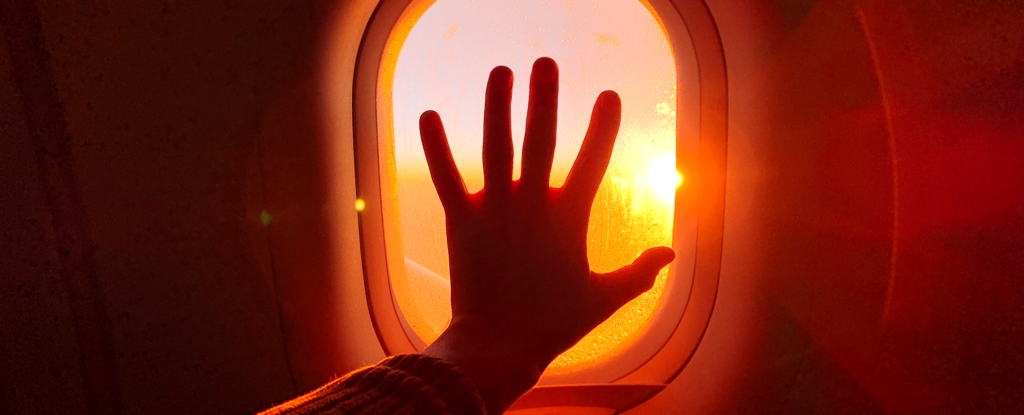Chris Bianchi loves flying.
“The fact that you can go from being on a 737 sitting on the ground to hurtling through the air at 500 miles an hour in five minutes, is just fascinating to me,” he told Business Insider. “I’m never not awestruck when I’m taking off, and on a plane. It’s just so cool.”
But on the evening of June 26, he didn’t get to fly. Instead, he got stuck at LaGuardia Airport overnight waiting for an hours-delayed plane.
He only had himself to blame. As a meteorologist, he should’ve known better than to book a flight on a summer evening.
With his extra airport time, he made a TikTok about it.
“I broke the one rule you should never ever break,” the 9News Denver meteorologist told his followers. “Never book a flight in the afternoon, or especially at night, during the summertime months in the United States.”
Soon flight attendants were posting in the comments about how they always book the first morning flight of the day. Bianchi’s meteorologist friends started texting him, asking why on Earth he was flying at night.
It’s an open secret among those in the know: Summer afternoons and evenings are the most weather-delay-prone time of year for flights.
“It was a fun trip, and I did not have to work the next day,” Bianchi told BI. “That’s why I was like, I’ll roll the dice a little bit on this – full well knowing that I could get screwed, which is what happened to me.”
Ultimately, Bianchi didn’t get on a plane home to Denver until 7 p.m. the following day.
Summer afternoons are peak thunderstorm time
Three ingredients make a thunderstorm: moisture, unstable air, and some way for that air to get moving.
In summer, the heat of the sun helps get things moving if the atmosphere is unstable enough – either due to differences of temperature or moisture in different layers of the atmosphere. Hot air rises, so the warm summer air near Earth’s surface starts to rise to higher, cooler altitudes.
Water vapor (completing the ingredient triad) in the air cools as it rises, condensing into clouds. Eventually, you have a thunderstorm.
“The morning tends to be calmer in most areas. It might take a little bit for that energy to build up for storms to spark,” AccuWeather meteorologist Alyssa Glenny told BI. “You might have a calmer flight in the morning.”
Bad weather doesn’t need to be in your flight path to cause a delay. It could be in a city where your plane stopped earlier that day. A storm in Chicago might delay the plane that’s supposed to take you from LaGuardia to Miami.
“Weather in other cities can really disrupt your travel plans,” Bianchi said.
April and May are particularly bad-weather months across the central plains of the US and through Tornado Alley, according to Glenny. Then, in the later summer from June onward, hurricane season picks up.
Even if your plane isn’t coming from a coastal city in a hurricane’s path, those systems often move inland after they make landfall, causing tornados and thunderstorms across the US.
Remnants of Hurricane Beryl, for example, pummeled the Great Lakes and New England regions with rain and heavy winds Wednesday and Thursday, just days after the storm made landfall in Texas.
Even before landfall, Beryl led to over 1,000 flight cancellations and thousands of delays, according to Reuters.
Morning flights can help you avoid cascading delays
Booking morning flights doesn’t just help you avoid nasty weather – it also cushions you against delays that build up throughout the day.
Even if skies are clear across the country on the afternoon or evening you fly, any planes that were delayed earlier in the day could still be running behind schedule.
“That’ll have a cascading effect,” Glenny said.
Knowing all that science and flight logistics, Bianchi’s takeaway is simple: “Book a flight in the morning in summer,” he said.
This article was originally published by Business Insider.
More from Business Insider:

















.png)


Discussion about this post